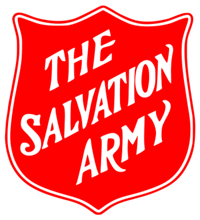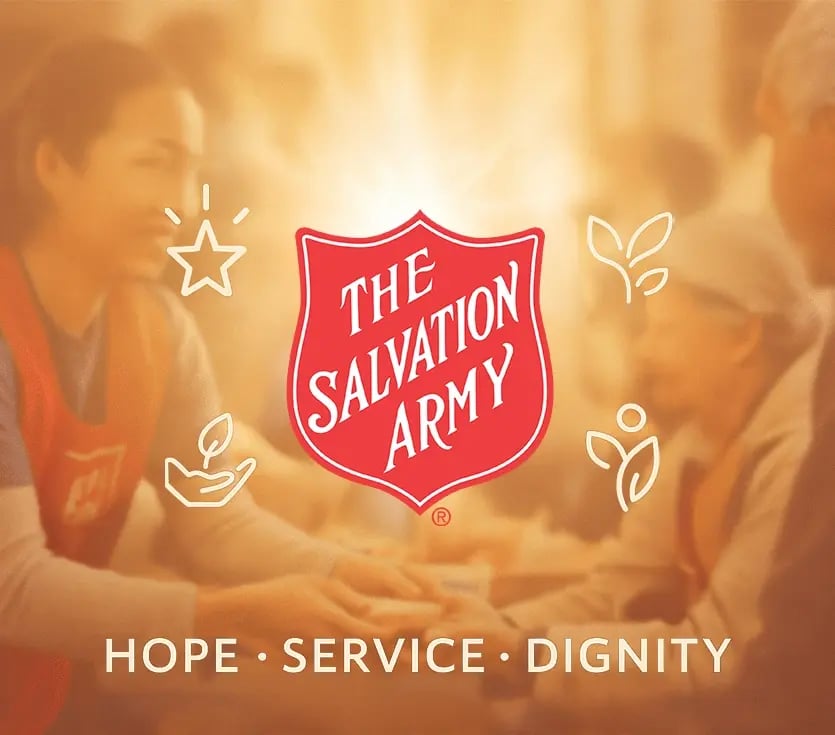
The Salvation Army: Building a Stronger Volunteer Network

Industry
Social Services
Challenge
Before adopting Better Impact, The Salvation Army Central Territory faced numerous challenges in managing volunteers across several states. They relied on paper records, Excel spreadsheets, and a bespoke database. This led to issues such as poor reporting practices, delays in processing applications, security concerns, and significant staff time spent on repetitive tasks. The need for a more efficient and secure system was evident.
Results
After implementing Better Impact, The Salvation Army Central Territory experienced a substantial reduction in administrative workload, saving approximately 11,620 hours per year. The centralized system improved data accuracy and reporting, enhanced volunteer experience, reduced turnover, and allowed for better cultivation of volunteers. Satisfaction, efficiency, and effectiveness scores all saw significant improvements.
Key Product
Volunteer Impact
There was a realization across all levels of the organization that technology was needed to improve efficiency and accuracy of information as well as improve the experience for volunteers.
Robert Bonesteel
Director of Volunteer Services
Having the right tool for the right job simply improves everything. Having a modern volunteer engagement system is no different. It saves, time, money, and unnecessary work, making an organization more effective and robust.
Robert Bonesteel
Director of Volunteer Services

About The Salvation Army
The Salvation Army is a Christian organization that gives hope and support to vulnerable people in 134 countries. Their Central United States Territory serves 11 Midwestern states, offering community services to a diverse range of clients including the poor, homeless, addicted, seniors, youth, families, and those fleeing persecution.The Challenge
The Salvation Army Central Territory, operating across 11 Midwestern states, faced significant challenges in managing their volunteer program. The use of paper, Excel spreadsheets, and a bespoke database resulted in inefficiencies, poor reporting, and security vulnerabilities. Processing volunteer applications was slow, and staff spent excessive time on repetitive administrative tasks. The need for a more efficient, secure, and user-friendly system was clear.
The Solution
In search of a better solution, The Salvation Army Central Territory explored various volunteer management systems and ultimately chose Better Impact for its comprehensive features and ease of use. 'There was a realization across all levels of the organization that technology was needed to improve efficiency and accuracy of information as well as improve the experience for volunteers,' said Robert Bonesteel, Director of Volunteer Services. The implementation of Better Impact allowed the organization to centralize and automate administrative tasks, improving both efficiency and data security.
The Results
With Better Impact, The Salvation Army Central Territory saw remarkable results. The administrative workload was significantly reduced, saving approximately 11,620 hours annually. This translated to a time-saving value of $254,187 and an impressive ROI of 8,372%. The centralized system improved data accuracy, reporting capabilities, and overall volunteer experience. 'Having the right tool for the right job simply improves everything. Having a modern volunteer engagement system is no different. It saves time, money, and unnecessary work, making an organization more effective and robust,' noted Robert Bonesteel. Volunteer satisfaction and engagement levels also improved dramatically, showcasing the effectiveness of Better Impact.
Download the Full Case Study



